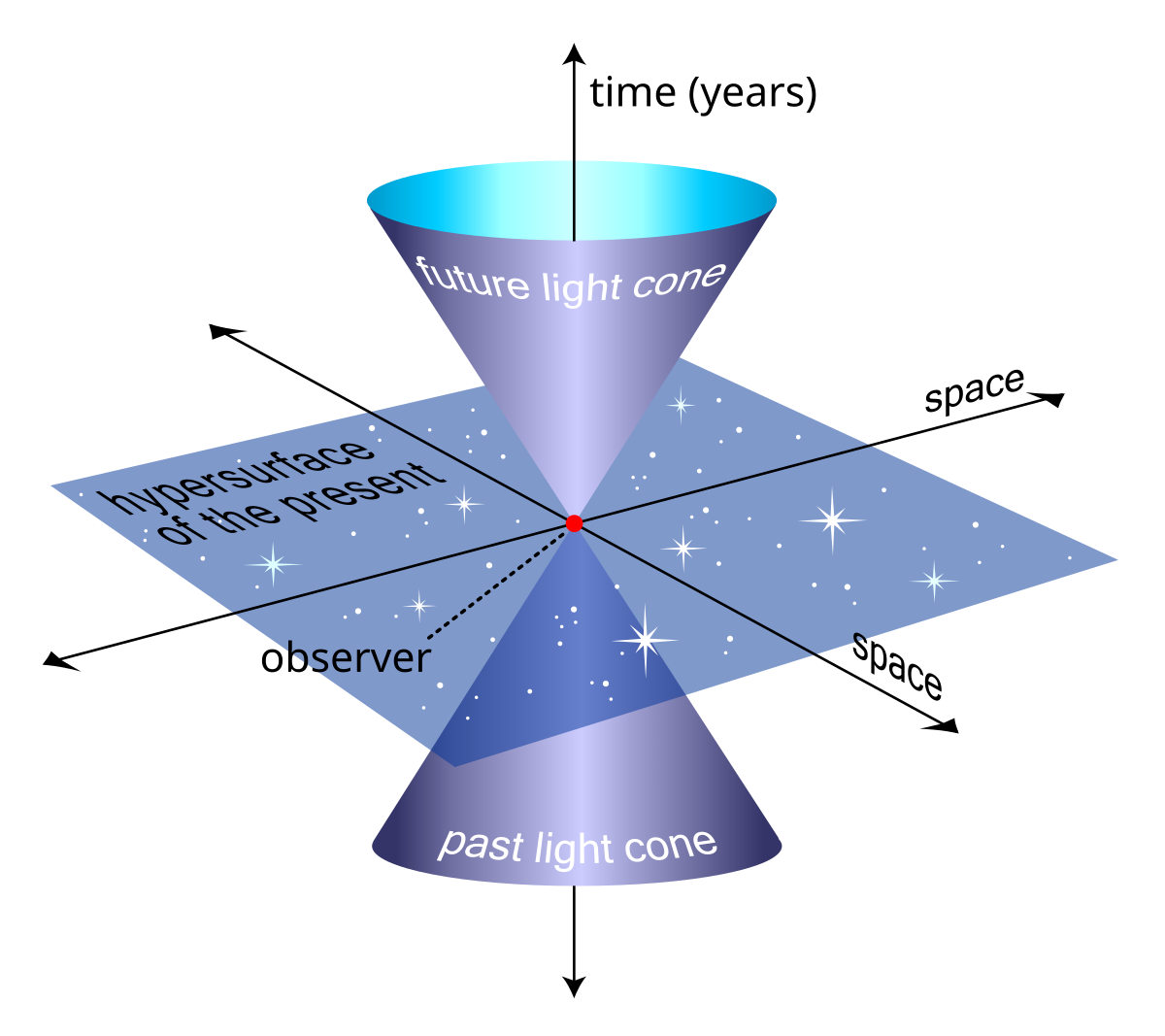In 1908, Hermann Minkowski delivered a lecture that entrenched a geometric understanding of the universe into physics. His paper, aptly titled “Space and Time,” conceived of a framework in which space and time were no longer separate entities but woven together into a unified whole; they act as different dimensions of a single four-dimensional construct called spacetime.
The equations of mechanics and electromagnetism discovered at turn of the twentieth century had already hinted at such a shift. In his paper, Minkowski states quite dramatically:
“Henceforth space by itself, and time by itself, are doomed to fade away into mere shadows, and only a kind of union of the two will preserve an independent reality.”
What does this mean mathematically?
To describe an event you need to specify where it happened and when it happened. Minkowski termed this natural pairing of spatial and temporal coordinates a world-point, defined by the four values (x,y,z,t)—three spatial coordinates and one temporal coordinate.
Time here, however, is very different to the notion of time used in bare-bones Newtonian mechanics, where there is a universal clock that ticks the same for all observers. In four dimensional Minkowski space, different observers will measure a different temporal coordinate depending on how they move through spacetime.
The Geometry of Spacetime
Objects in motion trace out paths called world-lines. A stationary object has a straight, vertical world-line, indicating that while it doesn’t change its position in space, it still moves forward in time. A moving object’s world-line tilts, reflecting its motion through space. The entire universe, in this view, can be thought of as a vast network of interconnected world-lines.


